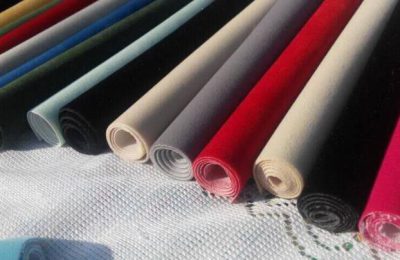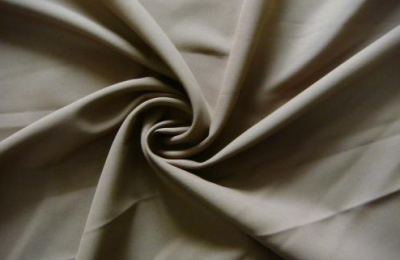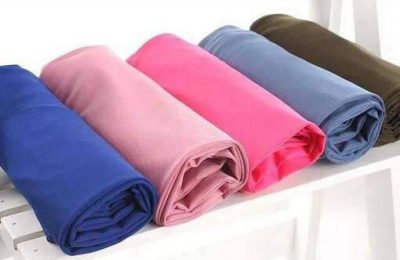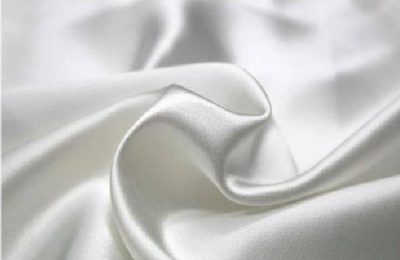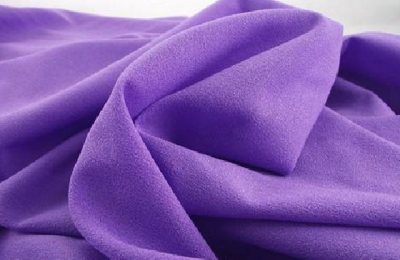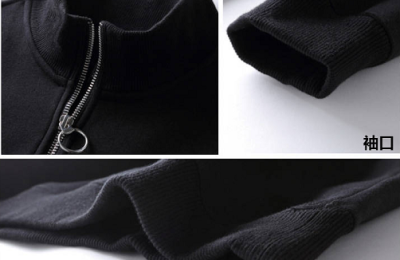Fuel cells are a new type of energy technology that directly converts the chemical energy of fuel into electrical energy through electrochemical reactions and are not restricted by region or geographical conditions.
What we are going to talk about today is a core component in the fuel cell, which is the PTFE proton exchange membrane.
The structures of perfluorosulfonic acid membranes are similar, with hydrophobic fluorocarbon backbone and hydrophilic sulfonic acid side chains.
One of the currently recognized working principles of membranes is that the microphase separation structure of the hydrophilic phase and the hydrophobic phase in the membrane causes the aggregation of hydrophilic clusters, thereby forming a proton transmission channel.
Obviously, a humidified environment will directly affect the water absorption rate of the membrane, thereby directly affecting the effectiveness of the proton transmission channel.
PTFE proton exchange membrane is mainly made by mechanical stretching of PTFE material.
PTFE (polytetrafluoroethylene) is a highly crystalline polymer polymerized with tetrafluoroethylene as a monomer.
It is a white waxy thermoplastic similar to polyethylene (PE).
It has excellent high temperature resistance and low temperature resistance. The melting point is 327 degrees Celsius and the decomposition temperature is 415 degrees Celsius. It can be used for a long time in the range of 200 to 260 degrees Celsius.
It is a ptfe proton exchange membrane manufacturer specializing in R&D, production and sales.
The materials of the products produced by our company are all imported raw materials, with high uniformity, stable performance and good breathability.
It also has high filtration efficiency and can meet the filtration efficiency level requirements of sub-high efficiency, high efficiency and ultra high efficiency filters.
</p



